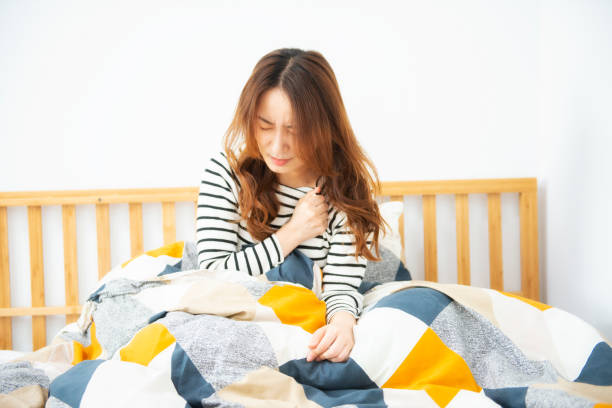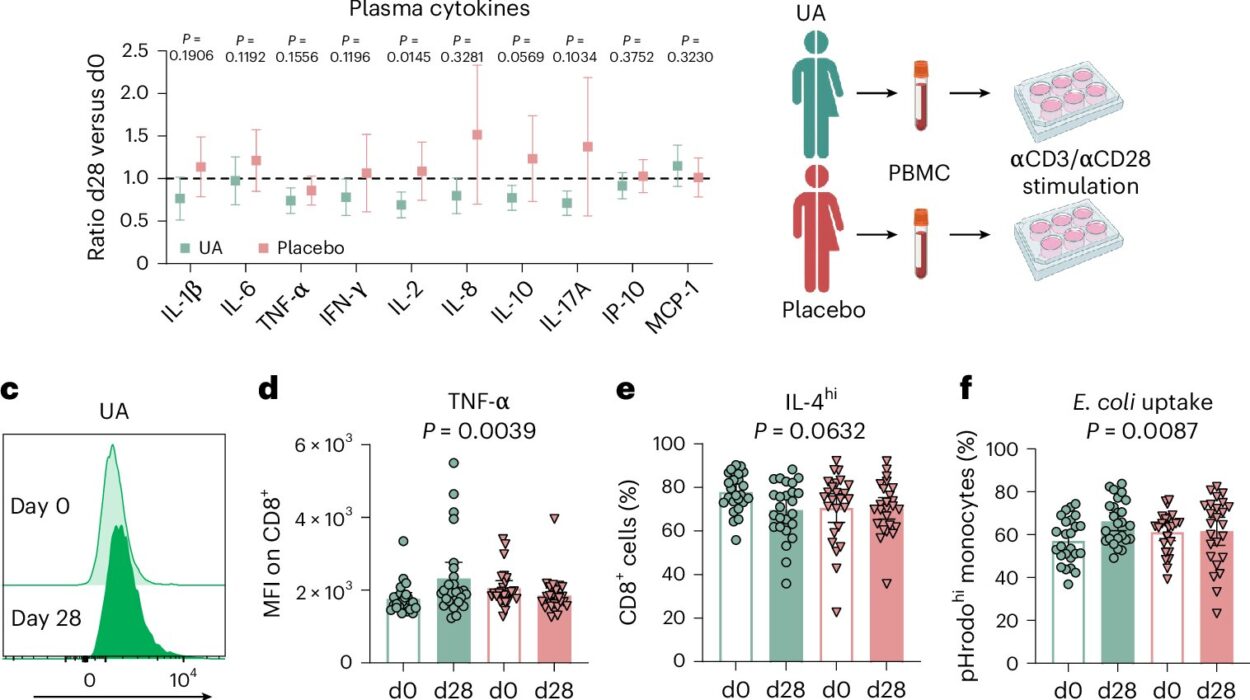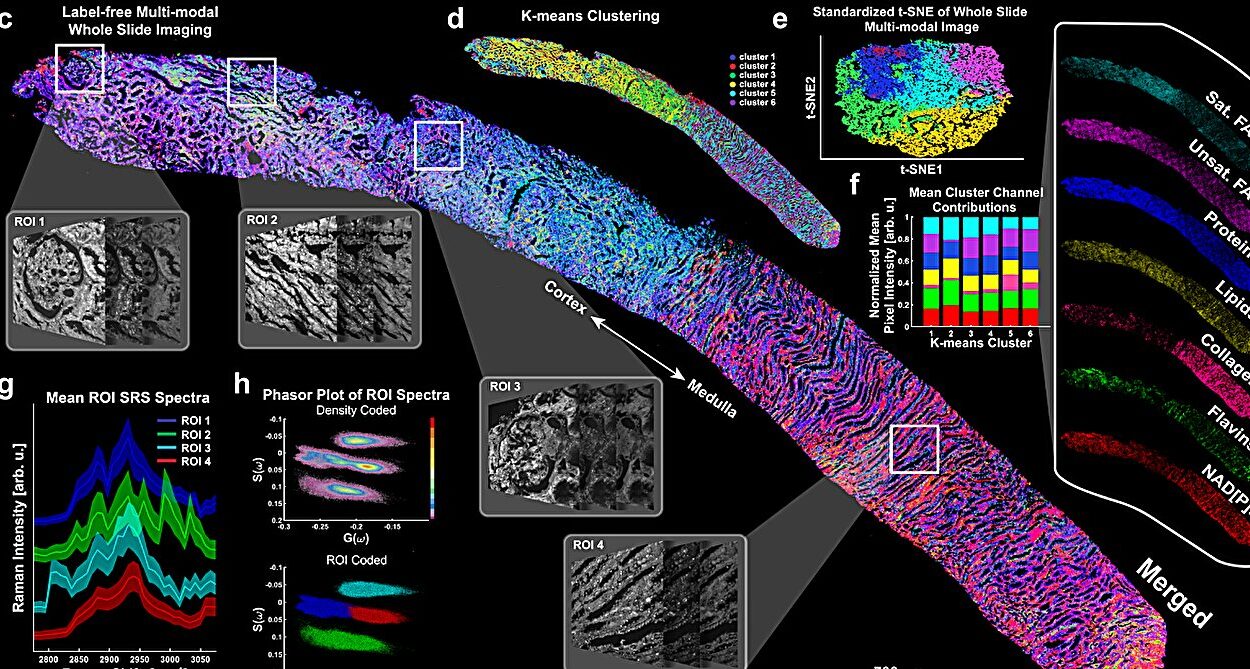You know that moment. The one where you stand in front of a mirror, gym clothes still tagged because you’ve never worn them, thinking, “Where do I even begin?” Maybe it’s been years since you’ve moved your body intentionally. Maybe you’ve never really worked out. Maybe walking up stairs feels like climbing Mount Everest. And maybe, just maybe, a voice inside you says, “It’s too late.”
But let me tell you something important right now: it’s not too late. You’re not too old, too broken, too busy, or too out of shape to begin. Starting a workout journey when you feel far from fit is not a failure—it’s a triumph waiting to happen. Every transformation story has a Day One. This could be yours.
This article isn’t a boot camp manifesto or a pushy plan that promises a six-pack in six weeks. It’s a conversation. A friendly, motivational, realistic roadmap for anyone who feels overwhelmed by the very idea of working out but knows, deep down, it’s time for a change.
Why Working Out Isn’t Just About Weight Loss
Let’s clear something up right away: working out isn’t just for people trying to lose weight. It’s not punishment for what you ate. It’s not a ticket to become someone else. It’s a celebration of the body you already have.
Exercise changes your brain chemistry. It reduces anxiety, improves mood, sharpens focus, and boosts confidence. It builds strength—not just physical, but emotional and mental. It helps you sleep better, think clearer, and feel more energized throughout your day.
You’re not just training muscles. You’re training resilience. You’re learning discipline, patience, and how to show up for yourself. Even on days when motivation disappears, your body remembers the effort. It rewards you with balance, endurance, and a sense of ownership over your life.
Breaking the “All or Nothing” Mentality
One of the biggest traps people fall into when starting a workout routine is the “all or nothing” mindset. You think if you don’t run five miles or lift heavy or sweat like crazy, it doesn’t count.
This is false—and dangerous. It’s the reason so many people give up after a few days. Working out when you’re out of shape is not about going big. It’s about going small, consistently.
What matters most in the beginning is frequency, not intensity. You’re not training for the Olympics. You’re training for life. Walking for ten minutes a day is infinitely better than doing nothing. Moving your body gently but consistently creates momentum. And momentum, not motivation, is what keeps you going.
Meet Your Body Where It Is
Your body has a history. It has carried you through sickness, stress, and survival. Maybe it’s been sedentary for years. Maybe it’s healed from injury, or it’s adjusted to a desk job. Maybe it’s been shaped by childbirth, chronic pain, or emotional trauma.
Before you begin working out, take a moment to thank your body. Yes, thank it. Not for how it looks—but for how it’s kept you alive. Then commit to working with it, not against it.
Starting slow isn’t weakness—it’s wisdom. If you haven’t moved much in a while, your joints, muscles, and heart need time to adapt. You wouldn’t try to play a Beethoven sonata after one piano lesson. So don’t expect your body to perform like an athlete right away.
Begin with movements that feel natural. Gentle stretches. Short walks. A few minutes of bodyweight exercises like wall pushups, seated leg lifts, or standing arm circles. Build your foundation with patience, and your body will respond with strength.
Designing a Beginner-Friendly Workout Plan
You don’t need fancy equipment, expensive memberships, or a personal trainer to get started. What you need is a plan that’s simple, doable, and sustainable. Let’s build that together.
Start by asking yourself: what’s realistic for me right now? Can you commit to 10 minutes a day? Three days a week? Start there. The goal is consistency, not perfection.
A balanced beginner routine might include:
- Cardio (2-3 times a week): Walking, biking, dancing, or swimming. Keep it low-impact to protect your joints.
- Strength training (2 times a week): Bodyweight exercises like squats, wall pushups, or resistance bands.
- Flexibility (daily): Gentle stretching or yoga to improve mobility and reduce injury.
Don’t worry if you can’t do full sets or long sessions. If you can do one squat today, do it. If you can walk for five minutes, do it. Every bit counts.
Keep a journal or a simple log. Not to obsess over numbers, but to celebrate progress. “Walked 10 minutes without stopping.” “Did 3 wall pushups.” These little wins are gold. They build belief. And belief builds results.
Overcoming the Inner Critic
There’s a voice that might show up early in your journey. The one that says you’re too fat, too weak, too slow, too late. That voice lies. But it’s loud.
Your job isn’t to silence that voice overnight. It’s to challenge it. To prove it wrong, one rep, one step at a time.
That voice might laugh when you’re out of breath after one flight of stairs. Answer it by doing it again tomorrow. It might whisper that you’ll never stick with it. Answer by showing up anyway. It might compare you to others at the gym, on Instagram, or in your past. Answer by reminding yourself: I’m not competing. I’m becoming.
Confidence doesn’t come from being perfect. It comes from doing what you said you’d do, even when it’s hard. Especially when it’s hard.
Finding Your “Why” (And Holding On to It)
Working out just to look a certain way is like building a house with no foundation. It may stand for a while, but it will crumble when life gets tough. You need a deeper reason to keep going.
Your “why” is your anchor. Maybe it’s playing with your kids without getting winded. Maybe it’s reducing pain, improving sleep, or reclaiming energy. Maybe it’s fighting depression or healing from heartbreak.
Whatever your reason, write it down. Say it out loud. Remind yourself of it when you don’t feel like moving. Your “why” is more powerful than any excuse.
And let it evolve. As you grow stronger, your “why” might shift. That’s a sign of progress, not failure.
Making Movement Enjoyable (Yes, Really)
If you hate running, don’t run. If the thought of lifting weights bores you, don’t lift—yet. Exercise isn’t about suffering. It’s about discovery.
Try different forms of movement until something clicks. Dance in your kitchen. Do yoga with a YouTube video. Walk a scenic trail. Punch a heavy bag. Ride a bike. Play a sport. Take a beginner Zumba class. Hike with a friend.
The more fun you have, the more likely you are to keep going. And the longer you keep going, the fitter you’ll become.
Your workout should feel like a reward, not a punishment. Movement is a gift. Your body wants to move. Find the joy in it.
Fueling the Journey: Food, Water, and Rest
Working out is just one piece of the puzzle. If you don’t fuel your body well, you’ll burn out fast.
Start with water. Dehydration causes fatigue, cramps, and poor performance. Aim to drink at least 8 cups a day—and more if you’re sweating regularly.
Next, eat to nourish, not deprive. You don’t need a strict diet to support your fitness goals. Focus on whole foods: lean protein, complex carbs, healthy fats, fruits, and vegetables. Eat enough to sustain energy and rebuild muscles.
And don’t skimp on rest. Sleep is when your body repairs and grows stronger. Lack of sleep raises stress hormones and reduces motivation. Aim for 7–9 hours per night.
Think of your body like a garden. Exercise is the sunlight. Food is the soil. Water is, well, water. Rest is the shade. All are essential.
Handling Soreness, Setbacks, and Slumps
After your first few workouts, you might feel sore. That’s normal. It’s your body adapting. Muscle soreness (DOMS) usually peaks 24–48 hours after a workout. Move gently, stretch, and rest. It will pass.
You might also miss a few days. Or weeks. Life happens. The key is not to quit just because you paused. Start again. Always start again. The path isn’t linear. Progress looks like zigzags, not straight lines.
And some days, you just won’t want to work out. Motivation will vanish. That’s where habit steps in. Remind yourself: something is always better than nothing. Five minutes is better than zero. Stretching is better than scrolling. Moving is better than moping.
Be kind to yourself. But stay committed. Slumps are part of the journey—not the end of it.
Creating Accountability (Without Shame)
You don’t have to do this alone. In fact, you shouldn’t. Accountability boosts consistency.
Tell someone about your goal. Join a beginner workout group. Use a fitness app. Hire a trainer if you can. Find a buddy to walk with. Post your progress online if it helps.
But beware of shame-based accountability. If you’re motivated by guilt, fear, or comparison, you’ll burn out. Instead, look for support that uplifts, encourages, and understands your pace.
Celebrate each other. Share the struggle. Laugh at the awkward. The journey is richer when it’s shared.
The Transformation You Don’t See
People often focus on physical results: weight loss, muscle gain, smaller waistlines. But the real transformation happens inside.
You’ll begin to stand taller. Think clearer. Handle stress better. Sleep deeper. Smile more.
You’ll become someone who honors commitments, even when no one is watching. Someone who treats their body with respect, not resentment. Someone who believes they are worth the effort.
That transformation can’t be measured in inches or pounds. But it’s the one that lasts.
You Don’t Have to Be Fit to Start—You Just Have to Start
Let this be your permission slip. You don’t have to wait until you’re “ready.” You don’t need better clothes, better shoes, or a better body to begin.
You only need one thing: willingness. The willingness to try. To fail. To learn. To grow.
Start today. Move for five minutes. Take the stairs. Stretch your arms. Walk around the block. Do one pushup. Breathe deeply.
Whatever you do, do it with intention. Say to yourself: “This is me, showing up. For my body. For my mind. For my life.”
Because starting out of shape doesn’t make you weak. It makes you brave. And showing up for yourself is the strongest thing you can do.






